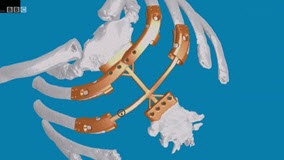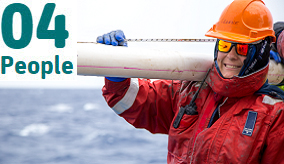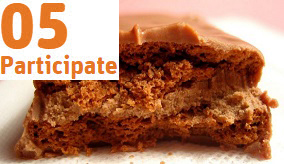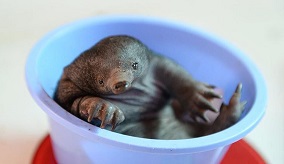02 Research
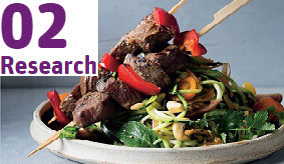
Managing type 2 diabetes: how low-carb diets can help
Approximately one million Australian adults have type 2 diabetes and it is estimated over two million people are pre-diabetic and are at high risk of developing this disease. To better understand the importance of diet when managing type 2 diabetes, we undertook one of the largest and most complex diet and lifestyle intervention studies in Australia. We found that people with type 2 diabetes required 40 per cent less diabetic medication when they followed a low-carb diet. In fact it was so successful, we decided to make a recipe book out of it!


